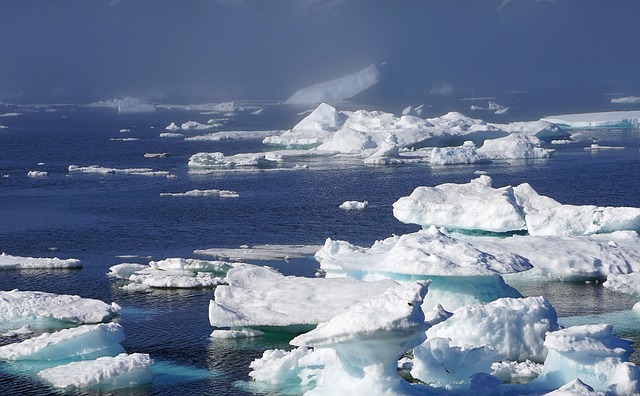The Arctic Circle stands as a frontier of extreme conditions, where the sun dips below the horizon for months and temperatures plummet to bone-chilling levels. Yet, amidst this stark landscape of ice and snow, a rich tapestry of wildlife thrives, adapted to the harsh environment in remarkable ways.
Venturing into the Arctic wilderness, one encounters a diverse array of creatures uniquely suited to the extreme conditions. From the majestic polar bear to the elusive Arctic fox, the region teems with life, each species carving out its niche in this frozen expanse.
At the pinnacle of Arctic fauna reigns the polar bear, an icon of the North. Evolved to withstand the frigid temperatures, these apex predators roam the sea ice in search of seals, their primary prey. With powerful limbs and a thick layer of insulating fat, polar bears navigate the frozen terrain with ease, embodying strength and resilience in the face of adversity.
Beneath the icy waters, another marvel of adaptation unfolds. The Arctic beluga whale, known as the “canary of the sea” for its melodic vocalizations, gracefully traverses the labyrinth of icy channels. With its pure white coat and distinctive bulbous forehead, the beluga epitomizes the elegance of Arctic marine life, forging connections through its haunting calls that reverberate beneath the frozen surface.
In the sky above, a symphony of wings fills the crisp Arctic air. Migratory birds such as the snow goose and the Arctic tern undertake epic journeys, traversing continents to reach the Arctic breeding grounds. Here, they find sanctuary amidst the tundra, nesting amidst the wildflowers that bloom briefly in the fleeting summer months.
Yet, amidst the beauty and wonder of Arctic wildlife, the specter of climate change looms large. Rising temperatures and receding ice threaten to disrupt the delicate balance of this pristine ecosystem, placing immense pressure on its inhabitants. Polar bears, in particular, face an uncertain future as their icy habitat dwindles, forcing them to adapt to new challenges or face extinction.
In the face of these daunting threats, conservation efforts take on renewed urgency. Scientists and researchers work tirelessly to study and protect Arctic wildlife, employing innovative techniques to monitor populations and track their movements across vast distances. From satellite tagging to DNA analysis, these methods offer glimpses into the secret lives of creatures that have long captivated the human imagination.
As visitors to the Arctic, we are not mere spectators but stewards of this fragile ecosystem. Through responsible tourism and sustainable practices, we can minimize our impact on the environment and ensure that future generations inherit a world where the wild beauty of the Arctic endures.
In the heart of the Arctic Circle, where the sun hangs low on the horizon and the land lies cloaked in snow, the pulse of life beats strong. Here, amidst the frozen expanse, wildlife thrives in all its diversity, a testament to the indomitable spirit of nature in the face of adversity. In protecting the Arctic wilderness, we safeguard not only its inhabitants but also the very essence of our planet’s wild places, preserving a legacy that transcends generations to come.
This article was contributed by KHTS Marketing.



